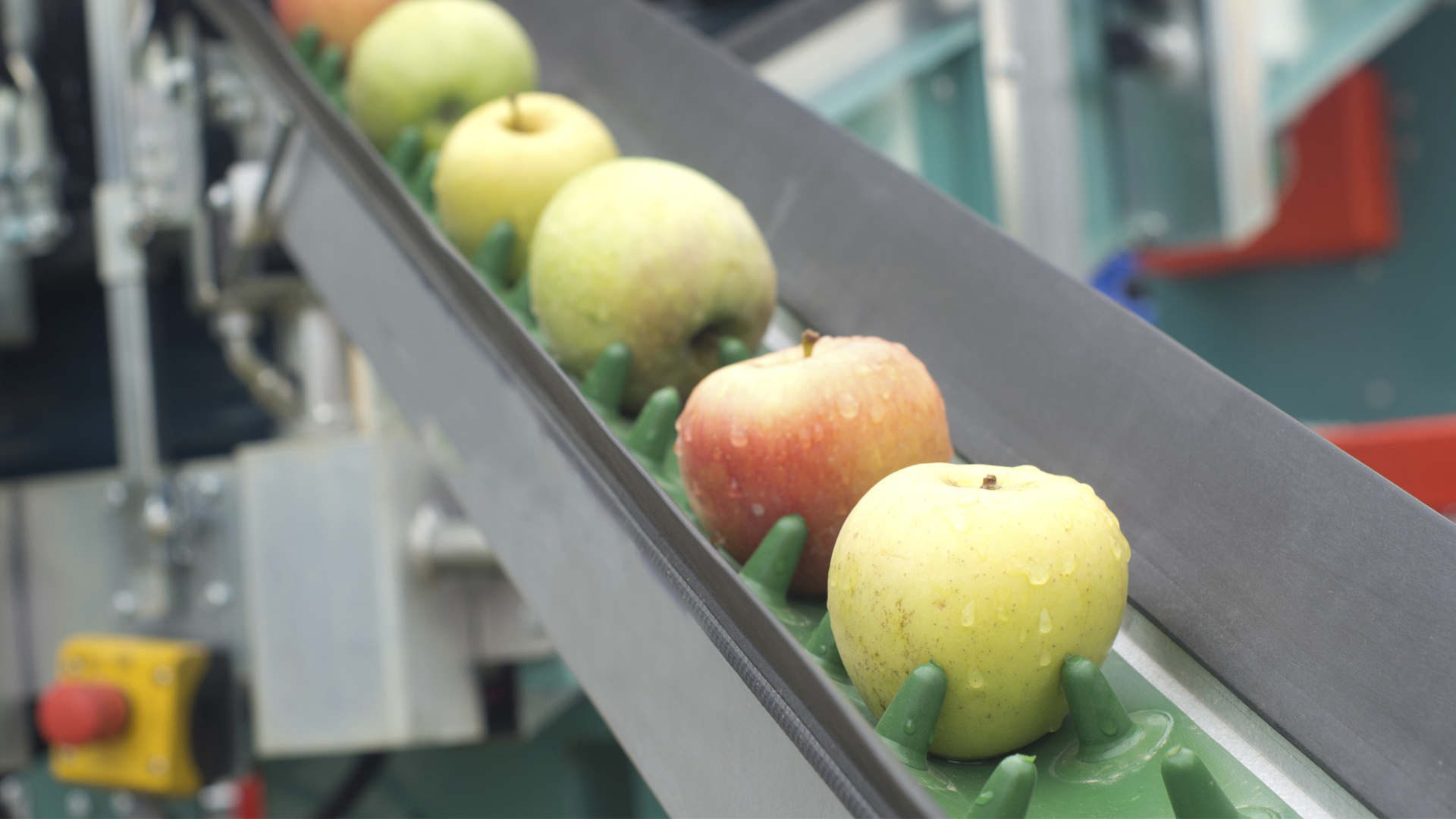Sorry you are right. I was mixing up food grade and NLGI rating. But the only thing I read is that the grease should be food grade and and NLGI 0. The manual only says non-oil based. So I would assume that means dino oil. Don't know if that applied to other synthetic hydro carbons.
The classifications of H1, H2 and H3 distinguish different types of food-grade lubricants by what they may/may not contain and how they may be used.

iselinc.com
From photos the grease inside looks like regular lithium grease which I would think isn't what you want to use unless you want a grenade the cylinder!
If it is truly only rubber to metal contact would it be better to just put a few drops of silicone oil in every few hours? I would think better distribution to all 4 stages excess oil won't damage anything unless you add too much too quickly and get fluid lock as can happen when you add water into the port as a video suggests.
ChatGPT
Food grade lubricants, including greases, are categorized based on their potential contact with food products. The categorization is important for ensuring the safety and compliance of manufacturing processes, particularly in the food and beverage industry. The categories you're asking about, H1 and H2, are defined as follows:
H1 Lubricants
- Use: H1 lubricants are designed for use in food-processing environments where there is the possibility of incidental food contact. These lubricants must be composed of ingredients that are recognized as safe by the appropriate regulatory bodies (e.g., the U.S. Food and Drug Administration (FDA)).
- Applications: H1 greases are commonly used in machinery that processes food products, such as conveyors, pumps, mixers, and slicers.
H2 Lubricants
- Use: H2 lubricants are used on equipment and machine parts in locations where there is no possibility of contact with food. Even though there's no direct contact, the use of toxic materials is still restricted.
- Applications: H2 greases are suitable for use in parts of machinery that are outside of the food processing area but still within the same manufacturing environment.
It's crucial for manufacturers to choose the correct type of lubricant based on the application and the likelihood of contact with food to ensure compliance with health and safety standards. Additionally, there is another category known as H3 (edible oils), which is used to clean and prevent rust on hooks, trolleys, and similar equipment.
When selecting a food grade lubricant, it's important to consider not only the USDA category but also the specific requirements of the application, including temperature ranges, load capacities, and resistance to water, steam, and other chemicals. Compliance with local regulations and standards is also crucial.

